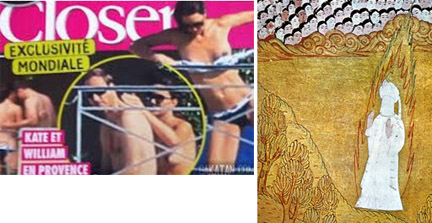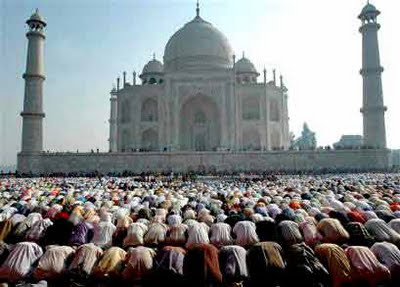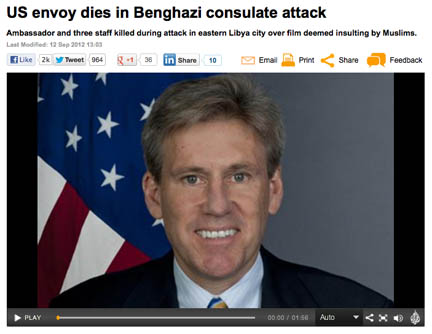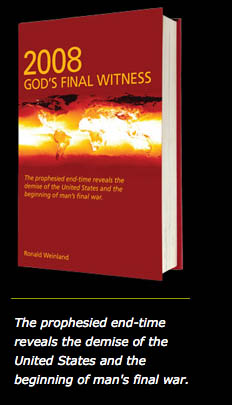
The Middle East and Middle Eastern American Center of The Graduate Center at CUNY announces a lecture by Vit Sisler (Charles University) entitled Digital Heroes: Video Games and Identity Construction in Iran. This will be held February 11, 2013 from 6:30 PM TO 8:30 PM in Rom 9204 of The Graduate Center. For more information, click here. Admission is free.
Abstract:
Video games are a popular leisure time activity for a substantial part of Iranian youth. At the same time, most games on the Iranian market are of US, European, or Japanese origin. Unsurprisingly, the Iranian authorities are concerned about the negative influence of such games on Iranian youth. Therefore, they established the National Foundation of Computer Games in Tehran in 2006 in order to subsidize development of games in Iran, conceived in accordance with Iranian and Islamic values. Consequently, a variety of independent producers have become involved in this emerging industry. The lecture analyzes contemporary Iranian video games and explores the ways in which they communicate different concepts of identity. Essentially, whereas the Iranian government perceives games as a new semiotic language of the youth and utilizes them to promote Islamic values and foster national pride, many independent producers maneuver within the and around state’s interests, presenting instead their own, oftentimes quite different ideas. Therefore, the resulting concepts of identity are achieved through sensitive negotiations between the demands, funding and restrictions of the Islamic state and the visions and engagement of private entrepreneurs.
Vit Sisler is an assistant professor at the Faculty of Arts at Charles University in Prague. His research deals with the problematic of contemporary Islamic law, the relation between Islam and digital media, normative frameworks in cyberspace, and the topic of educational and political video games. Vit Sisler was a visiting Fulbright scholar at Northwestern University in 2008-2009. He is also a managing editor of CyberOrient, a peer reviewed journal founded by the Middle East Section of the American Anthropological Association.






